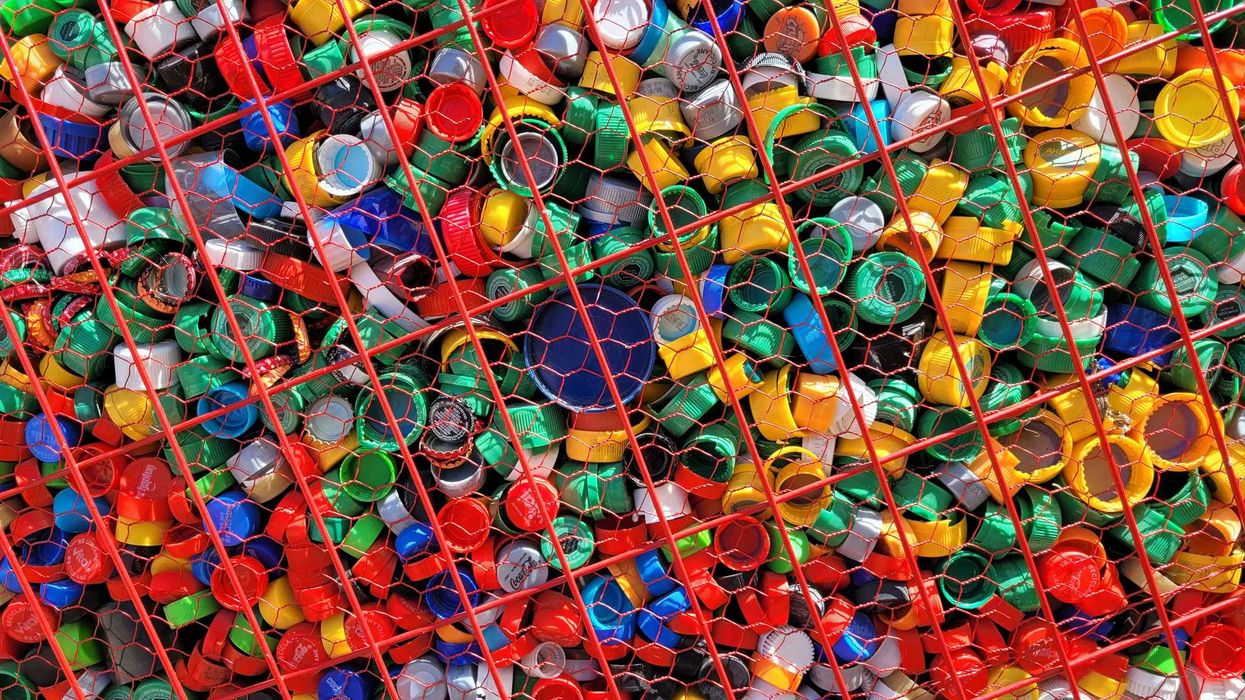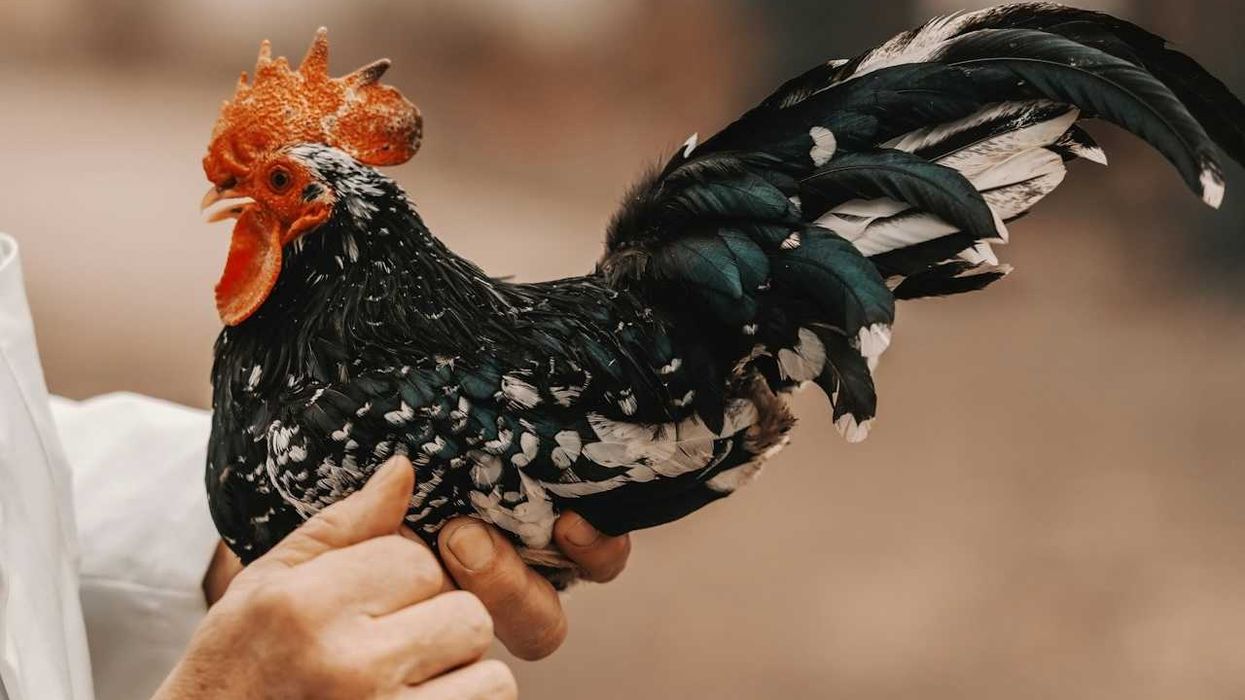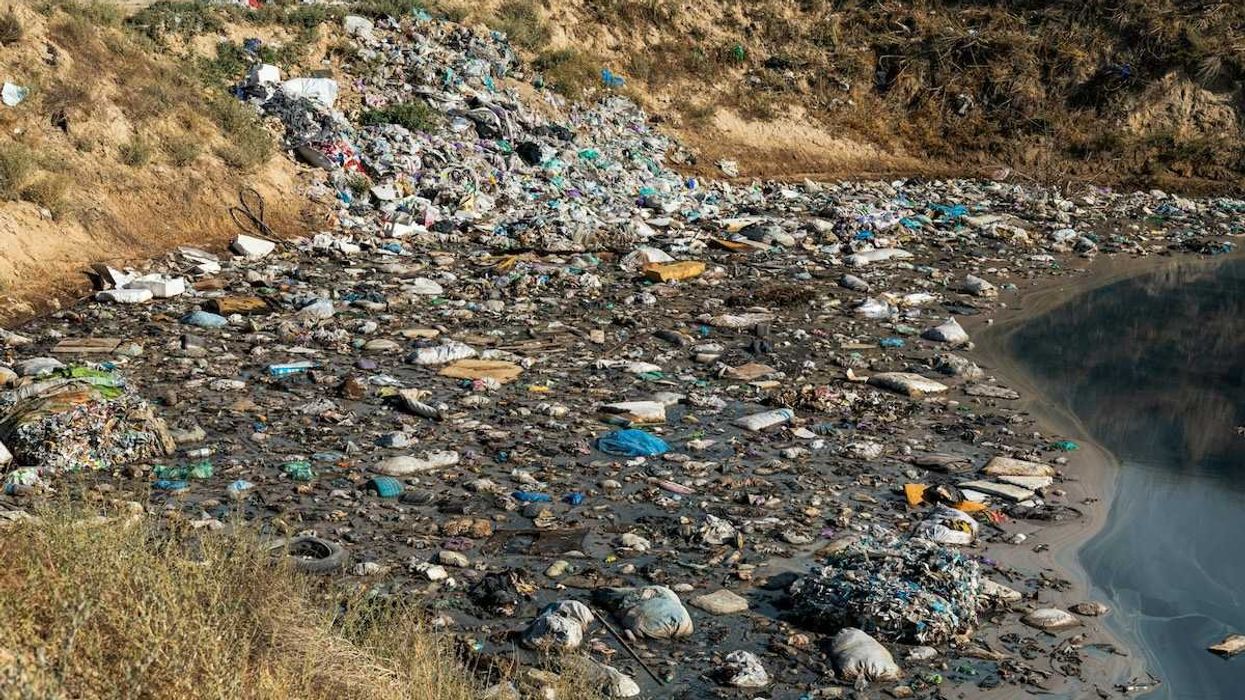Neonicotinoid pesticides, widely used in agriculture, are decimating bee populations, but individual efforts can make a difference in slowing their decline.
Elizabeth Hilborn writes for Civil Eats.
In short:
- Neonicotinoids, used in most insecticides, dissolve in water and spread, killing bees and disrupting ecosystems.
- A 2022 New York study revealed that 24% of native bee species are at risk, prompting new restrictions on neonic-coated seeds.
- Home gardeners can help by avoiding pesticides, planting bee-friendly flowers, and creating habitats for bees.
Key quote:
“Neonics are so potent that a single treated corn seed contains enough insecticide to kill more than 80,000 honeybees.”
— Elizabeth Hilborn, bee veterinarian
Why this matters:
Bee populations are vital for pollinating many crops and wild plants, essential for food security and ecosystem health. Addressing their decline is important to blunt the impacts on our environment and food supply. Read more: Citing birds and bees, groups petition EPA to close pesticide loophole.














